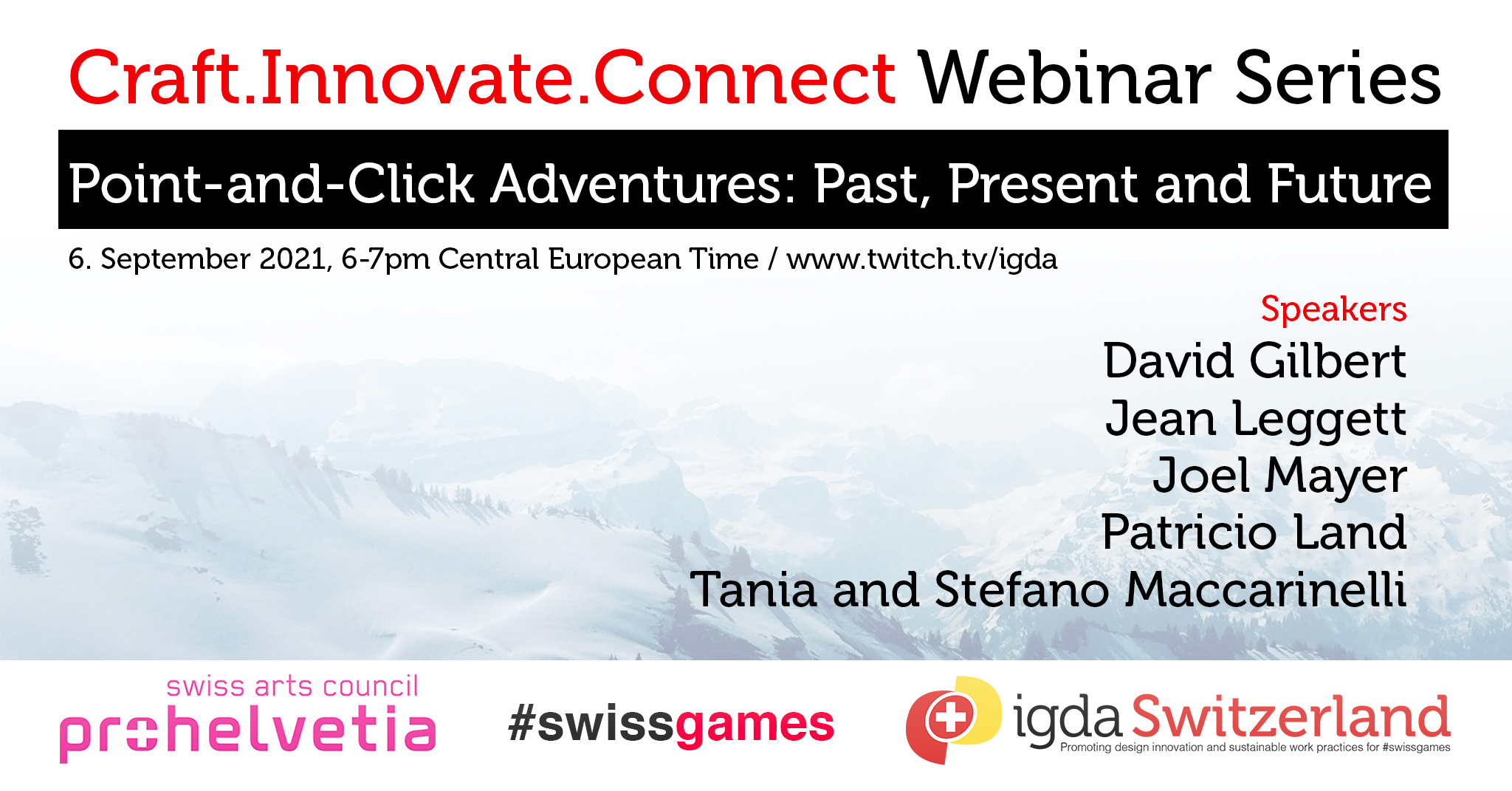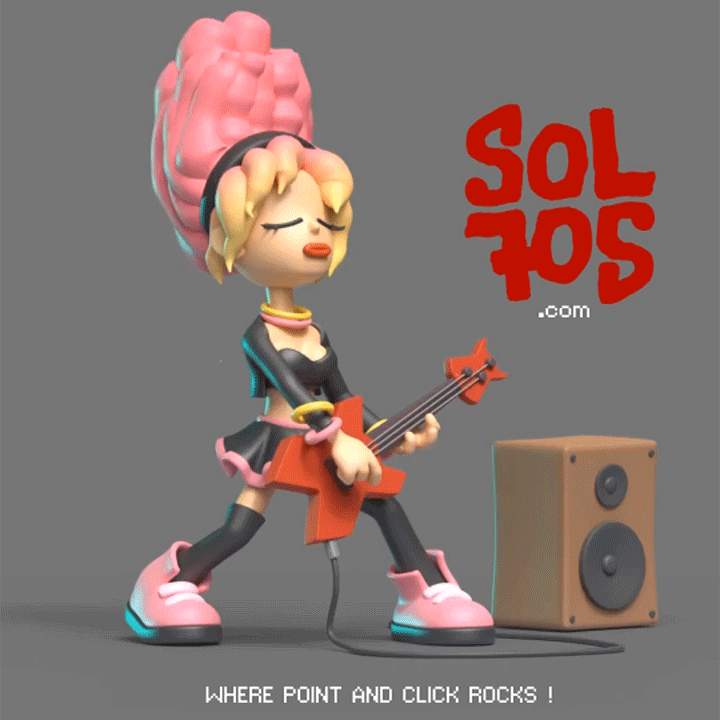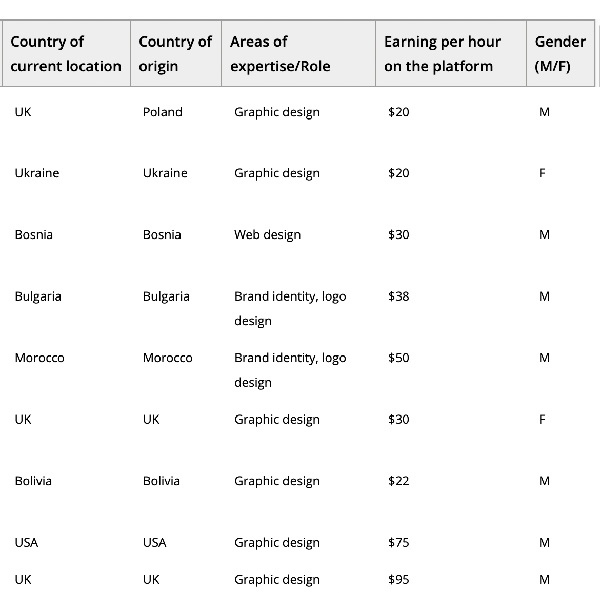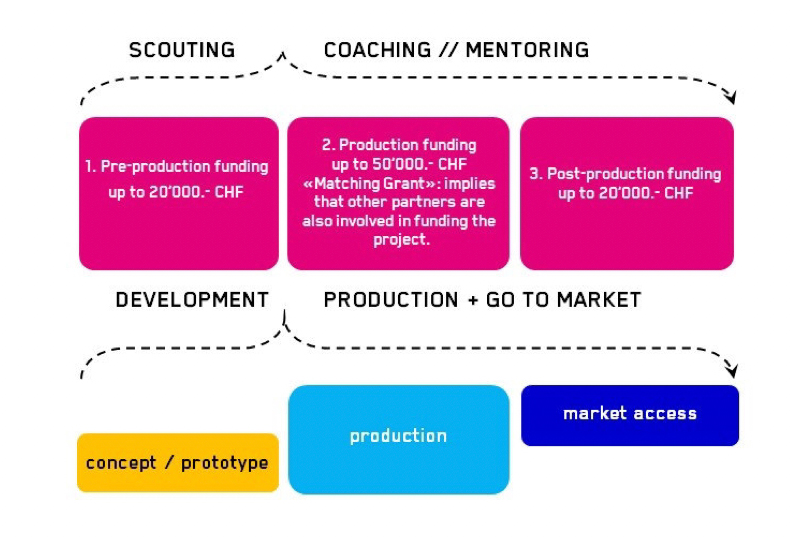As far as working with freelancers is concerned, I have had nothing but super positive experiences. Juicy details inside! 
Personal and professional goals: my first webinar collaboration!
In the last few days, I have had two pleasant news concerning my participation in the field of independent video game creators: I have been invited to a webinar on the conception of adventure games to be held on September 6th, 2021 by the IGDA Switzerland Chapter, a local component of the International Game Developers Association (IGDA).

I’m pretty excited and I should start working on this presentation as soon as this blog is finished. Stress never ends! The idea of sharing the stage with legendary creators like David Gilbert makes me panicking!I hope that I will live up to the expectations.
Finally everything went fine, and this is the official link to the talk:
And there is more! Sol 705 is going to participate in the first Latin American game festival on the Steam as the ADVA (Argentina’s Video Game Association) has included my title among 130 games from the region from September 1st to 9th. This event is one of a kind, being the first time that all Latin American games will be exhibited within an International Festival officially supported by Valve! How cool is that?!

Working with freelancers: my experience
For my adventure game, I temporarily hired an excellent graphic artist -with whom I still continue to work-, professional translators and several dozens of voice artists to give life to the different characters of the game.
Although it can be challenging for freelancers to experience meaningful work, digital freelancing platforms arguably provide a suitable work environment to some who are able to live the freelancer’s dream of doing what they like, working when and as much as they wish, as well as working on projects they choose (Sapsed 2015)
My only fear when collaborating with professionals outside the project was contractual. I often had to resort to different lawyers to make sure that this would not affect the intellectual rights of the work. I must say that there are several ways to generate a work contract with freelancers. Some of these contracts may have the endorsement of a platform that represents them; others are personal contracts where there is no intermediary involved.
Both cases have pros and cons. As I said, certain platforms guarantee that the authorship rights of a commissioned work belong to the person who hires the service and not to the one who performs it (imagine asking a cartoonist to create a character for your game), but these platforms are usually located in countries like the USA, so you have to take this aspect with a grain of salt.
Choosing the right partner can take a long time, but if done carefully, it is worth it. During my searches, I privilege certain aspects, namely: price per hour or job, quality of work in relation with this cost, and language of communication. Regarding costs, these can vary a lot from one country to another, so I include a table as an example extracted from Appendix 1 of Ekaterina Nemkova’s article ‘In Search of meaningful work on digital freelancer platforms: the case of design professionals‘ published on 2019.

Another important consideration is to make sure that the contractor of the work respects what has been agreed after signing an NDA (non-disclosure agreement), which he is not outsourcing the work to someone else, acting as a hidden intermediary, or simply that the commissioned work is delivered in a timely manner.
If you are an employee and have created something as a ‘work for hire,’ then the copyright is owned by your employer unless you have specific terms that grant you copyright to the works you have created under the contract. If you create a work in partnership with others, the copyright naturally becomes co – owned. When working with others, a simple collaboration agreement, laying out ownership of the work product and materials, is always a good idea. When ownership of a copyright is held by more than one person, the rights and responsibilities of each, in connection with the work and each other, are complex. (Perry 2009 :64)
There are many questions of this type that can make an independent creator who opts for this method of work lose sleep, but in most cases a higher reality is imposed: in case of legal conflict, the costs of having to hire lawyers and battle a local or international litigation will far exceed the financial resources of any indie production. Most of the time it is all about a big leap of faith and crossing your fingers tightly.
Again the subject is too coarse to explore in a single entry, but as an epilogue I would like to include a list of the most well known freelancer platforms on the internet at this very moment.
| Platform | Talent pool | Prices |
|---|---|---|
| Toptal www.toptal.com | Highly qualified developers | High rates |
| Freelancer www.freelancer.com | One of the biggest and the oldest | Affordable |
| Upwork www.upwork.com | Similar to Freelancer, have facing some controversial management issues lately | Affordable |
| Fiverr www.fiverr.com | The world’s largest marketplace for small services. the quality of the offer is very varied, it requires investing a longer selection time before choosing a freelancer. | Very affordable |
Pitching (Part 2)
Game developers go from project to project, game to game. Quite often, they have no real company vision and development strategy. Projects are developed based on ideas, intuition, team competencies, and, of course, possible access to money and, in particular, public finance that is earmarked mostly for concepts and prototypes. Contrary to technology- oriented financing or investment, public support for cultural IP is solely focused on projects and not on companies. (Limpach 2020 :122-123)
| Type of Financing / Project Phase | Development | Production | Distribution | Product Afterlife |
|---|---|---|---|---|
| Amount of funding needed Public financing | Low | High | Medium | Low |
| Public financing | Selective public financing Low risk | Selective or automatic financing Low risk | Nonavailable | Nonavailable |
| Private investor | Investment in the studio (High risk) | Gap financing (High risk) | Gap financing, product placement (Medium risk) | Product placement (Low risk) |
| Publisher | Investment in the studio (High risk) | Gap financing (Medium risk) | Gap financing (Medium risk) | Licensing opportunities Low risk |
| Crowdfunding | Low risk | Low risk | Pre-buy—low risk | Nonavailable |
The assignment asks, in addition to your pitch deck, to produce a demonstration video that showcases our team’s final artefact. As Jamie White suggested to the class, ‘it’s a chance to show off the project and what you have achieved given that the pitch video may not be the best time to show off walkthroughs of game levels, for example. However, you should consider the 3 minute video as a further opportunity to support the rubric. Bear in mind the context of your pitch, who you are pitching to and, ultimately, what you want to get from it…i.e. is it a publishing deal? Investment in the company? When you can answer that, the type of content you want to present matters very much.’
So taking all this into consideration, we decided as a group that it would be interesting to elaborate our presentation as if we were pitching for a real grant. Being the only one on the team with some real experience in this matter (in 2019, I got a similar financial support from Pro Helvetia, the Swiss foundation for the Arts and Culture, to finish my first commercial game). This year the call for applications is still open, so everybody on the team can access this information. Things has changed a lot since my former participation on it, so it’s also a good opportunity to me to learn about the new selection procedure, fundings categories, and requirements.
To sum it up, starting this year they got three independent phases of financial support:
Pre production funding: funding is awarded based on an early prototype or early version. Maximum funding: CHF 20,000 / 20,000 euros.
Production funding: funding is awarded based on an advanced prototype or version or a completed pilot, as well as on the submitted presentation dossier and an oral presentation («pitch»). Pro Helvetia matches the amount of self-funding or third-party funding (up to CHF 50,000 / 50,000 euros)
Post production funding: for marketing activities for or the transfer to other platforms of a completed project.
List of figures
Fig 1. IGDA Switzerland Chapter Point and Click Adventure seminar. In collaboration with the author.
Fig 2. Sol 705 promotional art. Animation by Jordi Torres.
Fig 3. Information profiles of freelancers (Appendix 1 – partial) from Emkova’s article
Fig 4. Pro Helvetia financial support plan for the year 2021. Pro Helvetia Swiss foundation for the Arts and Culture..
Table 1. Most wellknown freelancer platform. By the author.
Table 2. Type of Financing by project phase. By the author.
Sapsed, J., and 2015. ‘Brighton Fuse 2: Freelancers in the Creative, Digital, IT Economy‘.[online]. Available at: <http://eprints.brighton.ac.uk/13351/> [accessed 5 August 2021]
